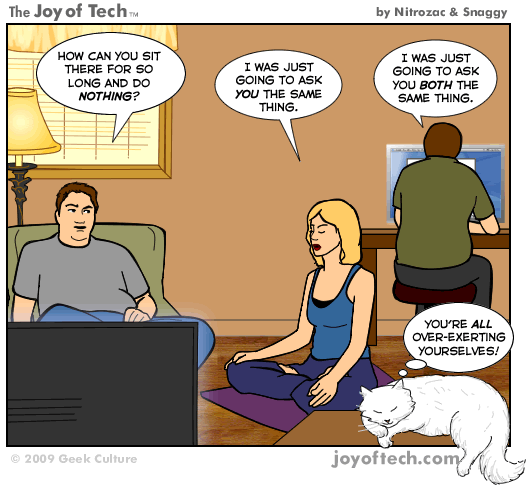So how should you vote (assuming you haven't already sent in your absentee ballot)? First, a summary of my recommendations:
Vote YES on 1A, 1B, and 1F. Vote NO on 1C, 1D, and 1E.
Next, here's a brief description of each proposition and why I have a particular recommendation.
- Proposition 1A: "Rainy day" reserve fund and extension of some tax increases for up to two more years. Vote YES on 1A.
This proposition changes the budget process by increasing the "rainy day" reserve fund so that above average revenues can be deposited into it for use during economic downturns. This seems like a good idea to me. I believe the Republicans put this in place to control spending in good times---extra revenue gets saved rather than spent on new programs. In exchange, the Democrats were allowed to continue some tax increases (sales tax, vehicle license fee, and income tax) for up to two extra years to increase revenues. Given the difficult budget situation, this seems like a reasonable thing to do. So I believe this is a good compromise that we should support. - Proposition 1B: Supplemental payments for education. Vote YES on 1B.
Proposition 98 requires that a minimum amount of the budget be spent on education, where the "minimum" amount can be determined by various tests and can be temporarily overridden by a 2/3rds vote in each house and the approval of the Governor. When less money is allocated to education than this "minimum", it sets up a future funding obligation to make up the difference. This proposition postpones these future funding obligations in the near term (next 2 years), and instead sets up a supplemental payment of $9.3 billion over future years. But all this can only happen if 1A is passed.
I can't say I completely understand the pros and cons here. It appears to me that 1B allows the state to decrease education funding in the near term and paying it back in future years. But this appears to be allowed by proposition 98. So I'm not sure what this is buying. Given this neutralish feel to it, and that no argument against it was provided in the voter information guide, I'm fine with voting yes. - Proposition 1C: Borrowing from the lottery. Vote NO on 1C.
The idea here is allow the lottery to increase its payout so that more people will want to play the lottery and thus increase revenues. Furthermore, it would borrow $5 billion from the lottery this year by selling a piece of future revenues to private investors. This is a crucial piece in the budget agreement to close the $40 billion deficit.
I really don't like this. Where do you think the increased lottery revenue comes from? Lower income folk, of course. So we're closing the budget deficit by making lower income folk effectively pay an implicit "tax". And the bit about private investors getting a piece of the action also seems like a bad idea to me. The lottery was sold as a way to raise money for education. And now it's going to be used to generate profit for private investors? That seems wrong to me. - Proposition 1D: Redirect funds from early childhood development. Vote NO on 1D.
Back in 1998 proposition 10 established a program to expand early development programs for children up to age five. These programs were funded by tobacco taxes. 1D wants to redirect proposition 10 funds to the state's General Fund, to protect health and human services for children.
I find this redirection of funds to be wrong. Voters originally approved proposition 10 for a specific purpose. They didn't approve extra taxes to be simply diverted into the General Fund. To simply divert those funds seems like an act of bait and switch. - Proposition 1E: Redirect funds from mental health. Vote NO on 1E.
This is similar to 1D, except that the funds are redirected from revenues raised by proposition 63 in 2004. Proposition 63 funds mental health programs with a 1 percent income tax increase for income over $1 million. Once again, the legislature wants to redirect these funds to the General Fund to pay for various mental health programs. Once again, the voters approved the tax increases in proposition 63 for a specific reason, rather than to allow the legislature to use it as they please. Seems wrong to me. - Proposition 1F: Prevents pay increases for elected officials during budget deficits. Vote YES on 1F.
This seems quite reasonable to me.




